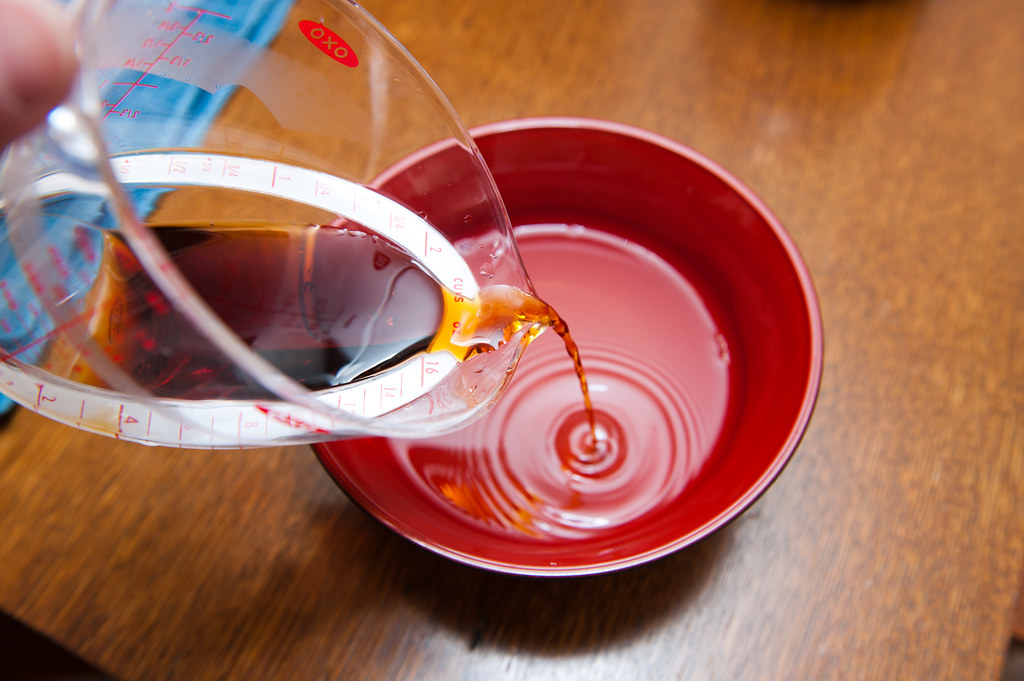The process of making Korean soy sauce that I read during a research is quite challenging and interesting. So I wanted to share with you the process of soy sauce. First of all, I want to talk about soy sauce kinds that are used in Korea.
There are different varieties of soy sauce; Classical soy sauce (this is called Ganjang or Wheganjang, "whe" adds the meaning of "coming from Japan".) and the soy sauce for the soups (this is called Guk-gan-jang or Jo-Seon-Gan-Jang. This is the traditional Korean Soy Sauce ).
Traditional Korean Soy Sauce is lighter than normal and saltier, and it is enough to use a small amount of it in soups. Koreans use both types, but traditionally, gukganjang is used in making Korean dishes. So gukganjang is used not only in the soups but also for marinating.
Soy sauce is made from an ingredient called "meju" in Korea. Meju is made by cooking soybeans in steam after resting them for a long time in the water, then peeling them and joining them firmly in brick dimension. Meju is fermented thoroughly, then put in salt water and kept in an earthenware jar. In order to prevent harmful substances and remove the smell, red pepper, and hot coal are put on them and they are kept for 2-3 months.
Finally, the sauce is divided into two; solid parts(doenjang) and liquid parts (ganjang). So the solid part is soybean paste and the liquid part is soy sauce. In order to have a rich flavor and aroma of soy sauce, it is kept for another 3 months. The longer the soya sauce is kept, the better the taste is.
Soybean paste (Doenjang) is fermented again for 5 months before it is ready to be eaten.
Source: The Reality of Korea: The Book of the Past and Present of Korea and crazykoreancooking.com





